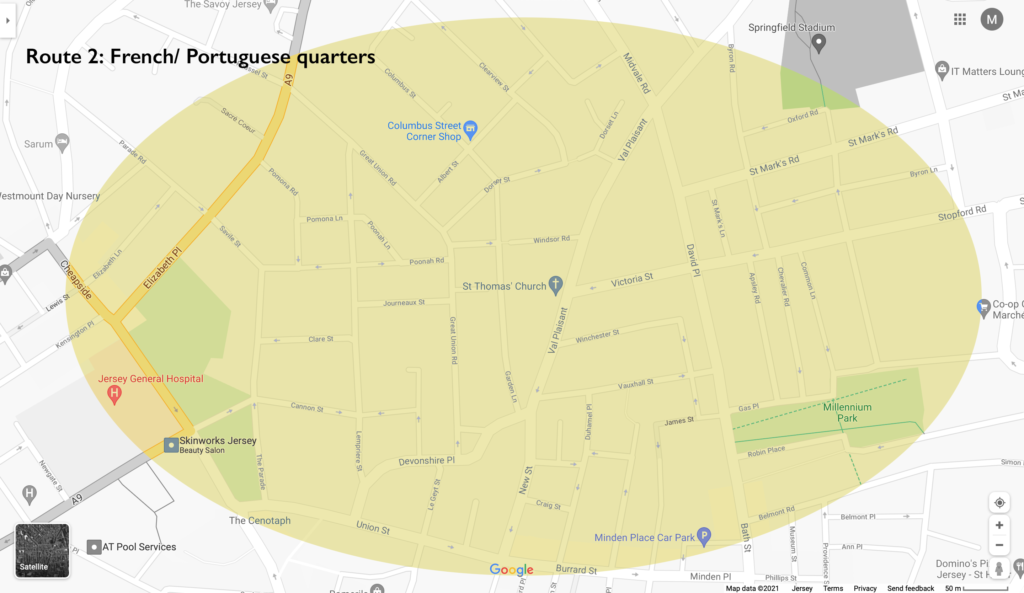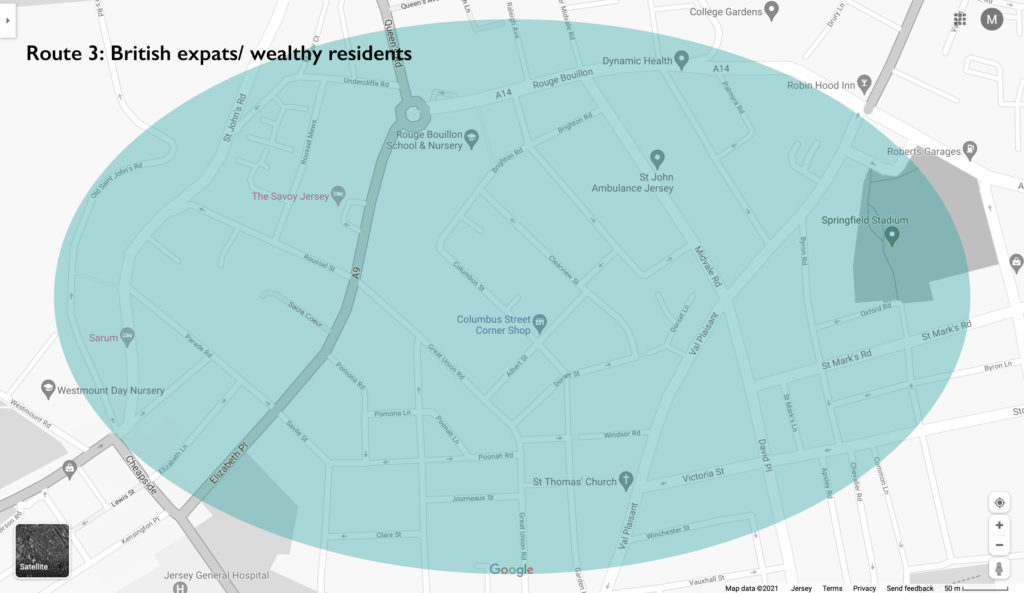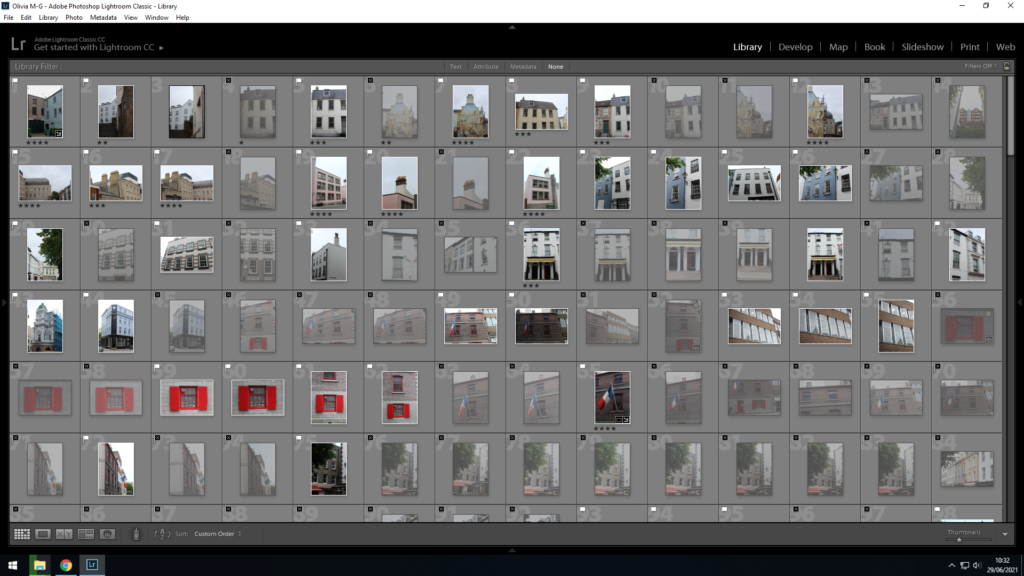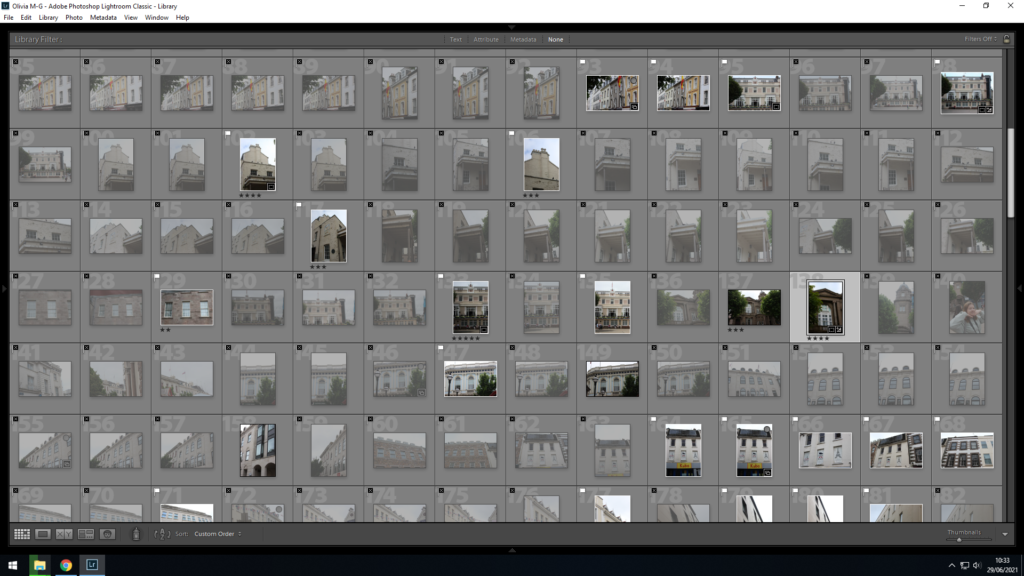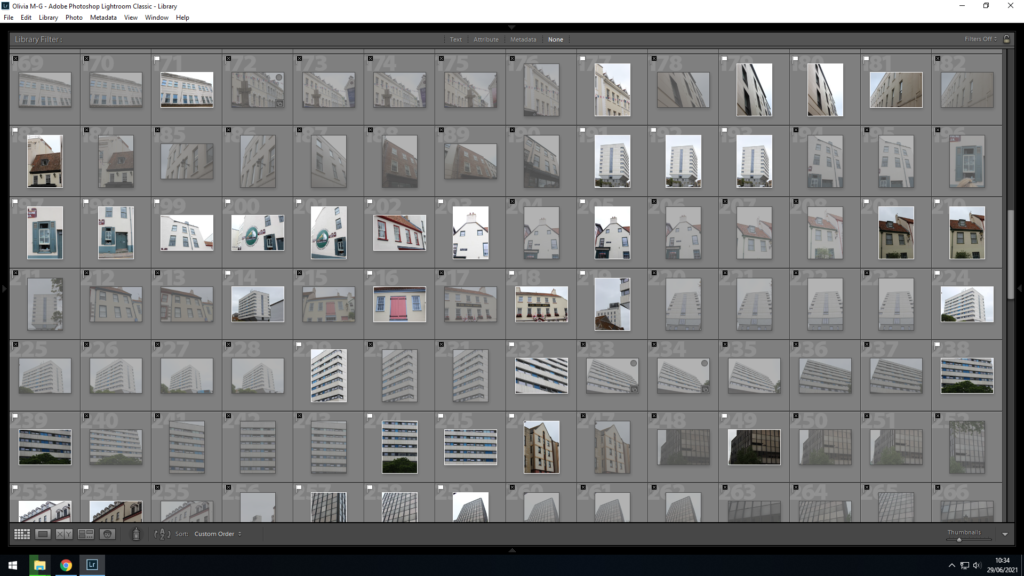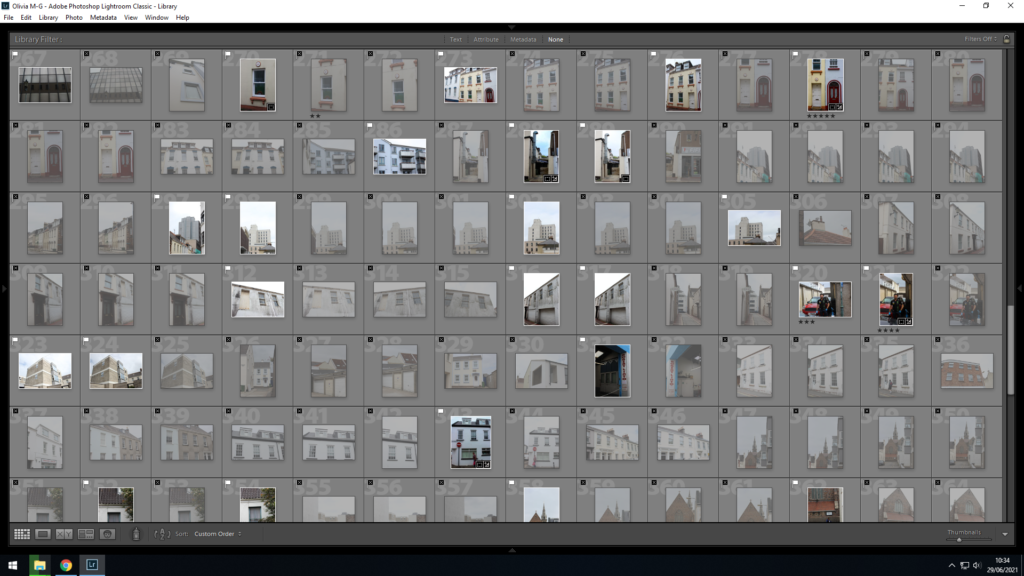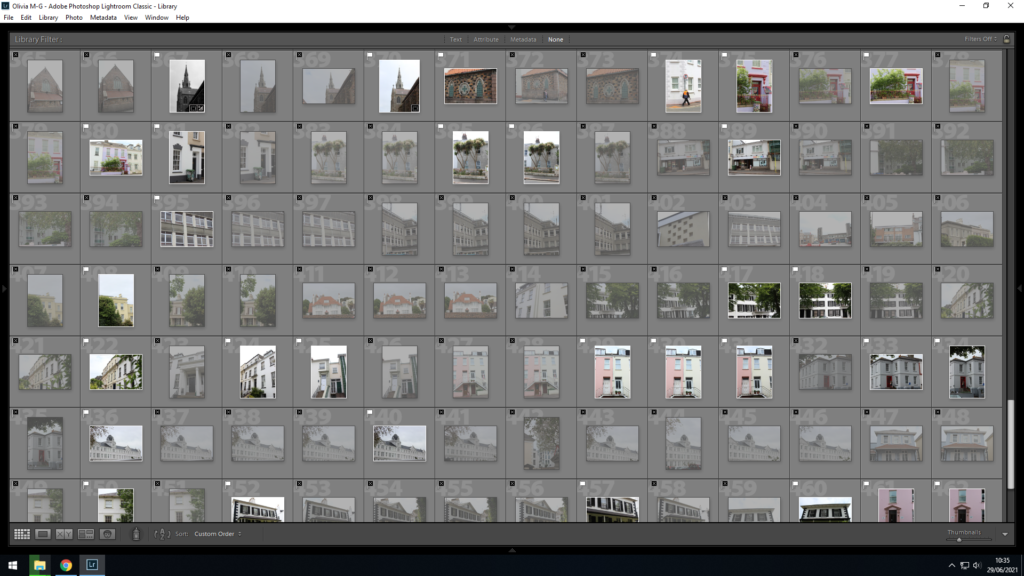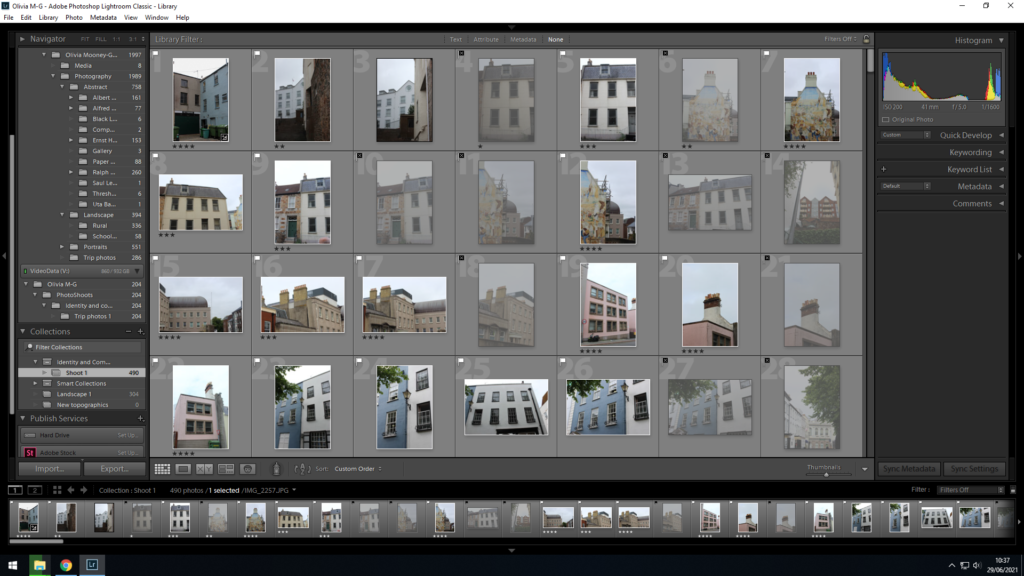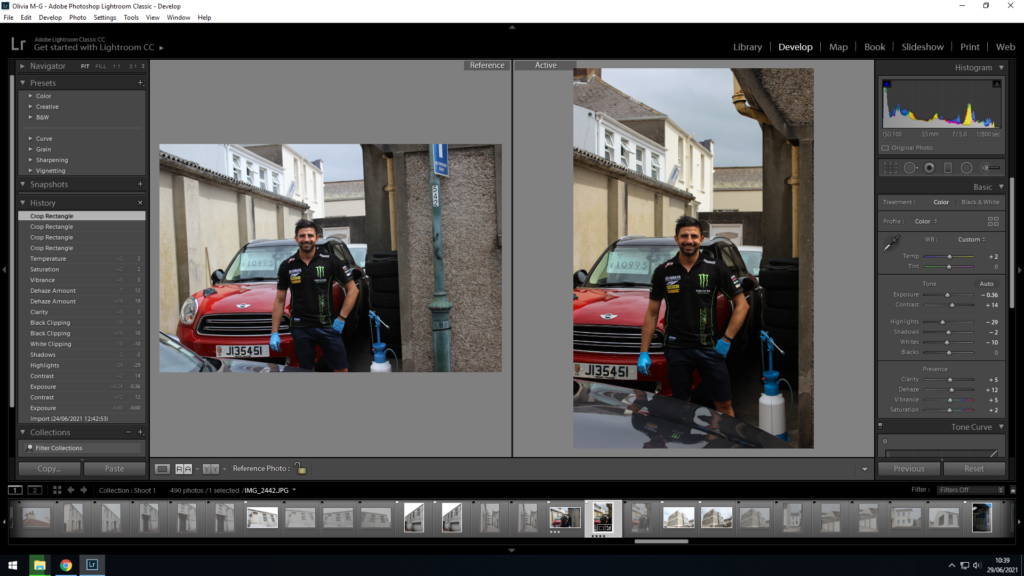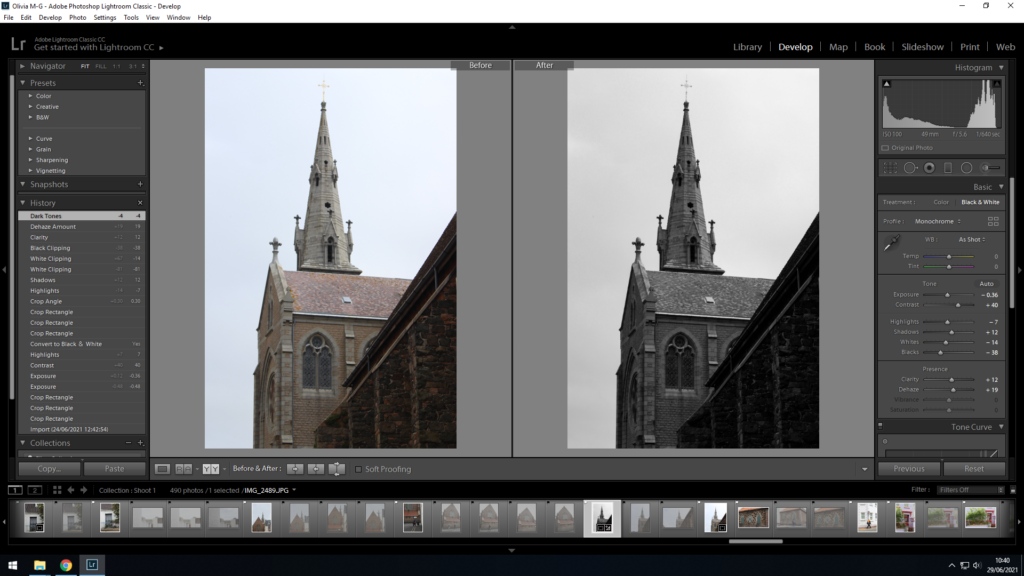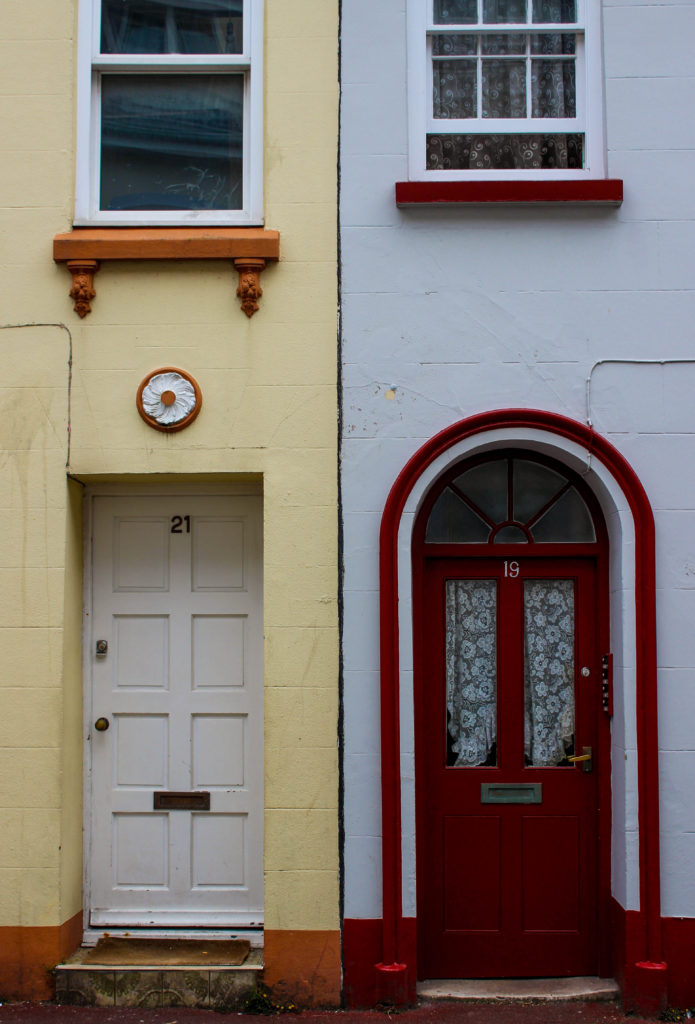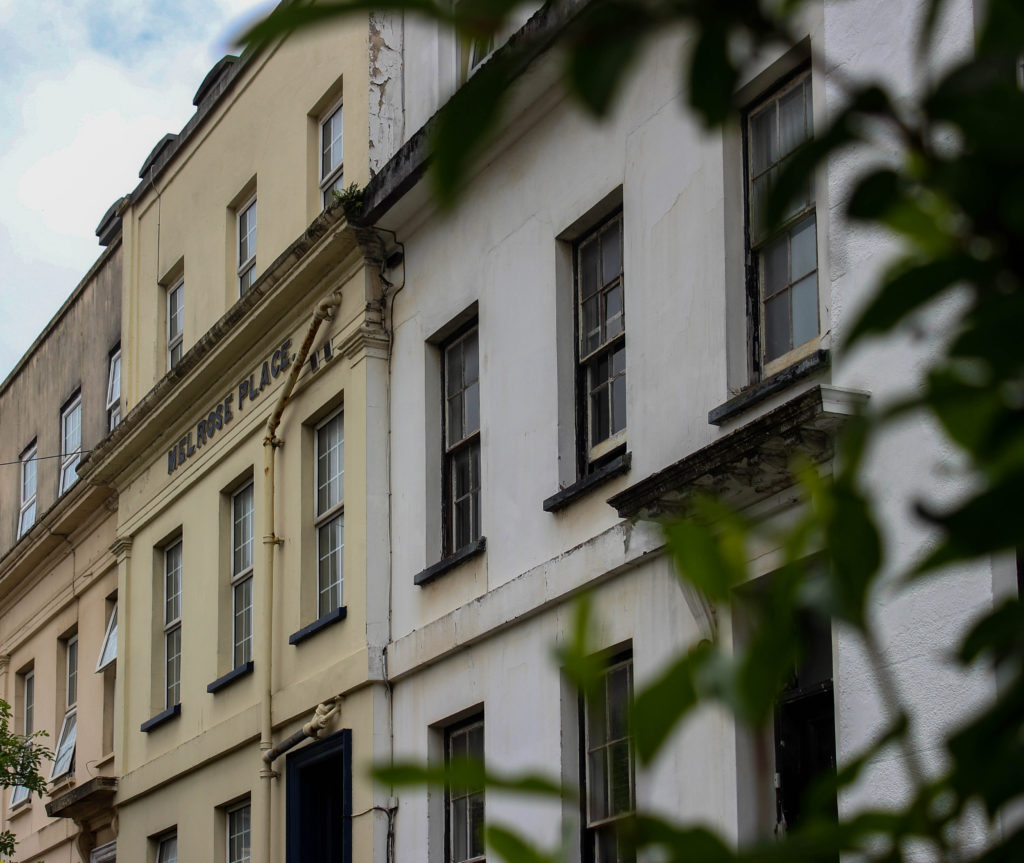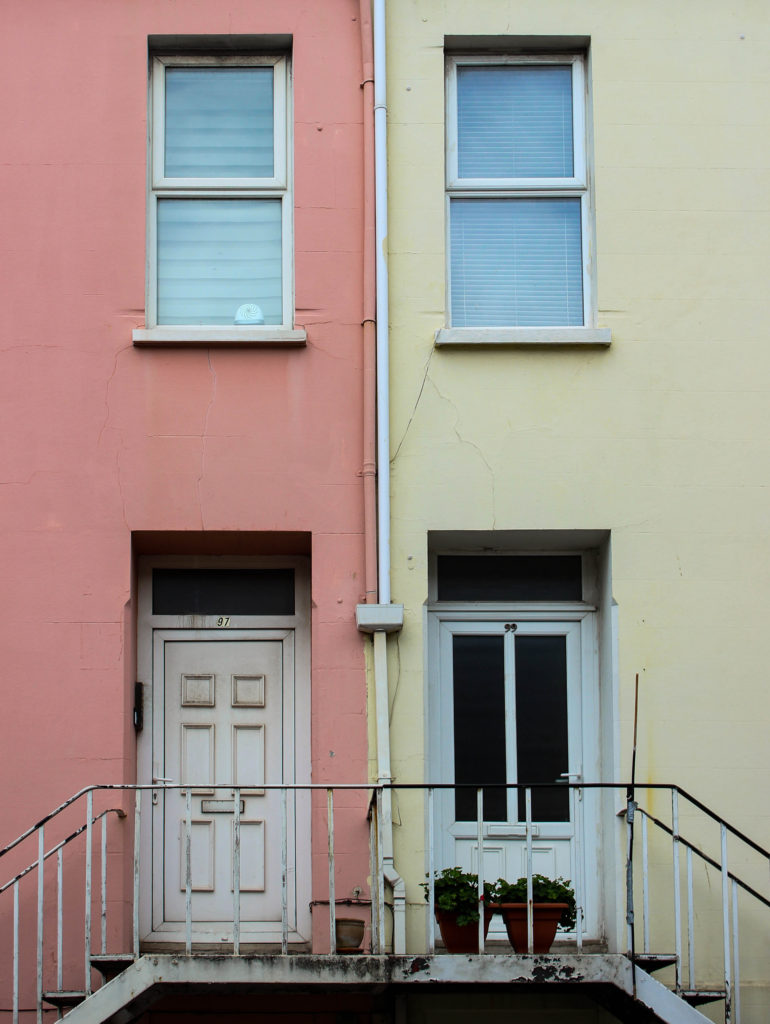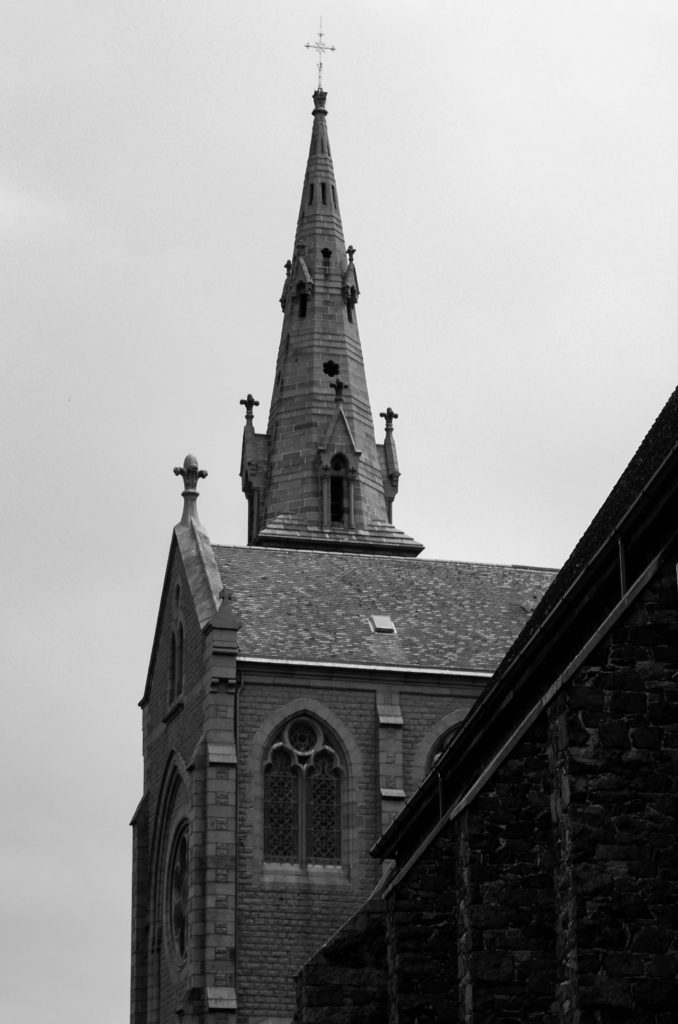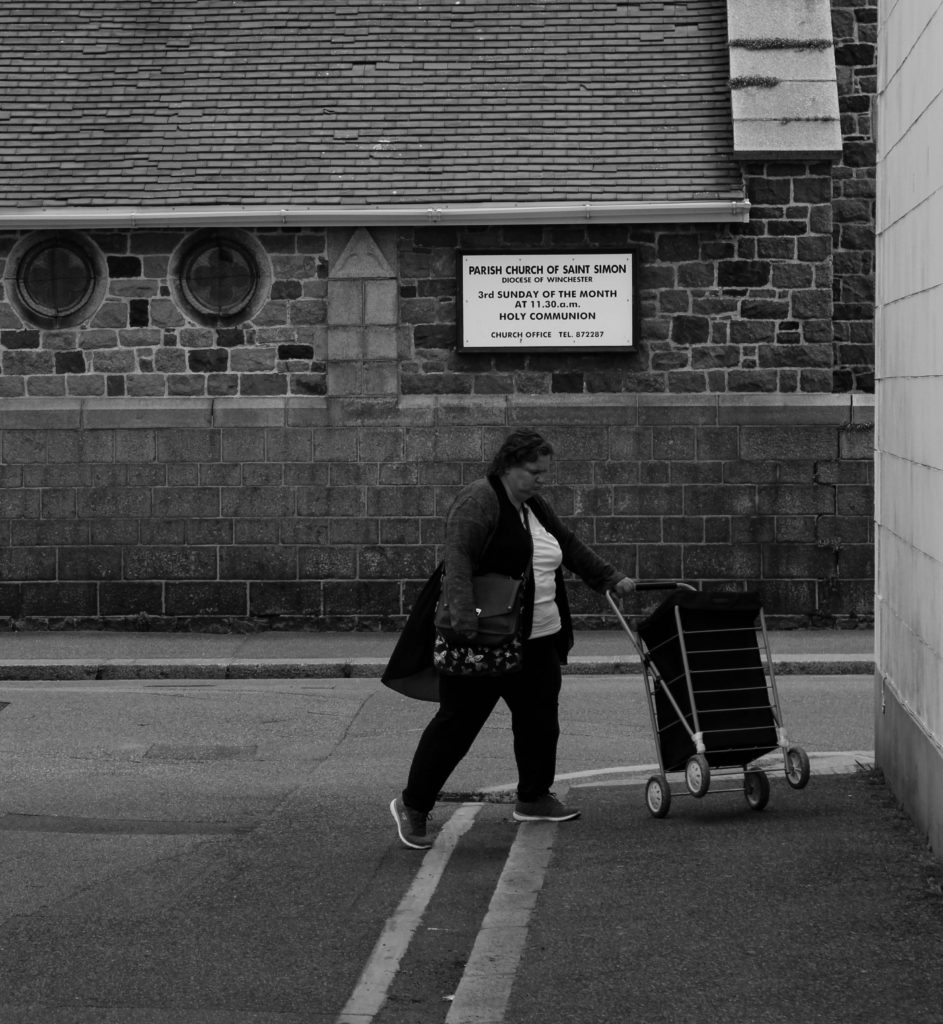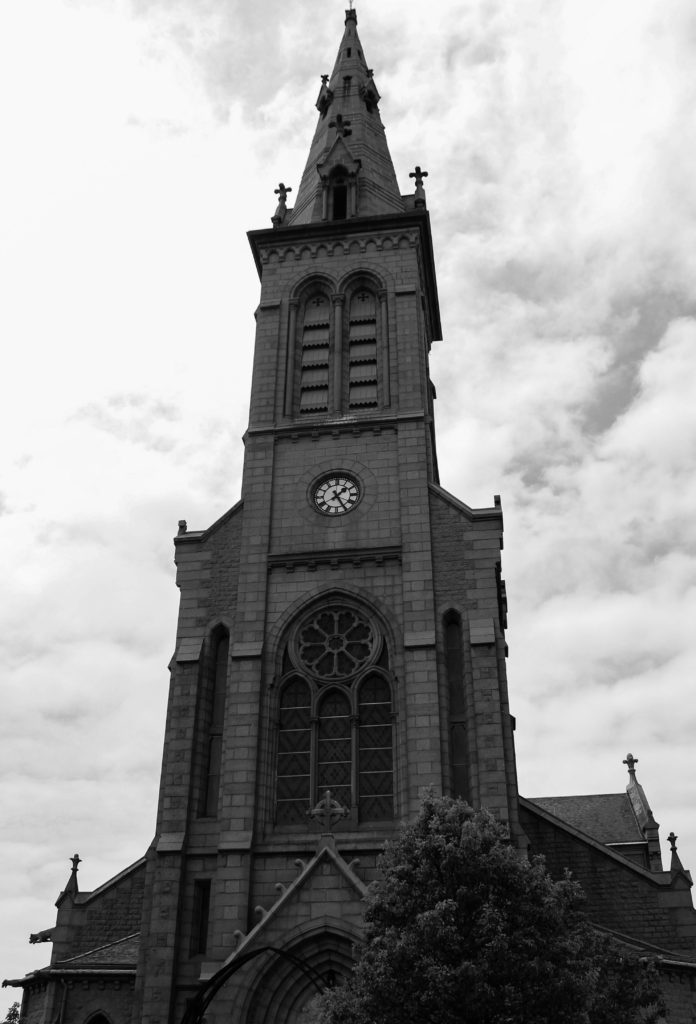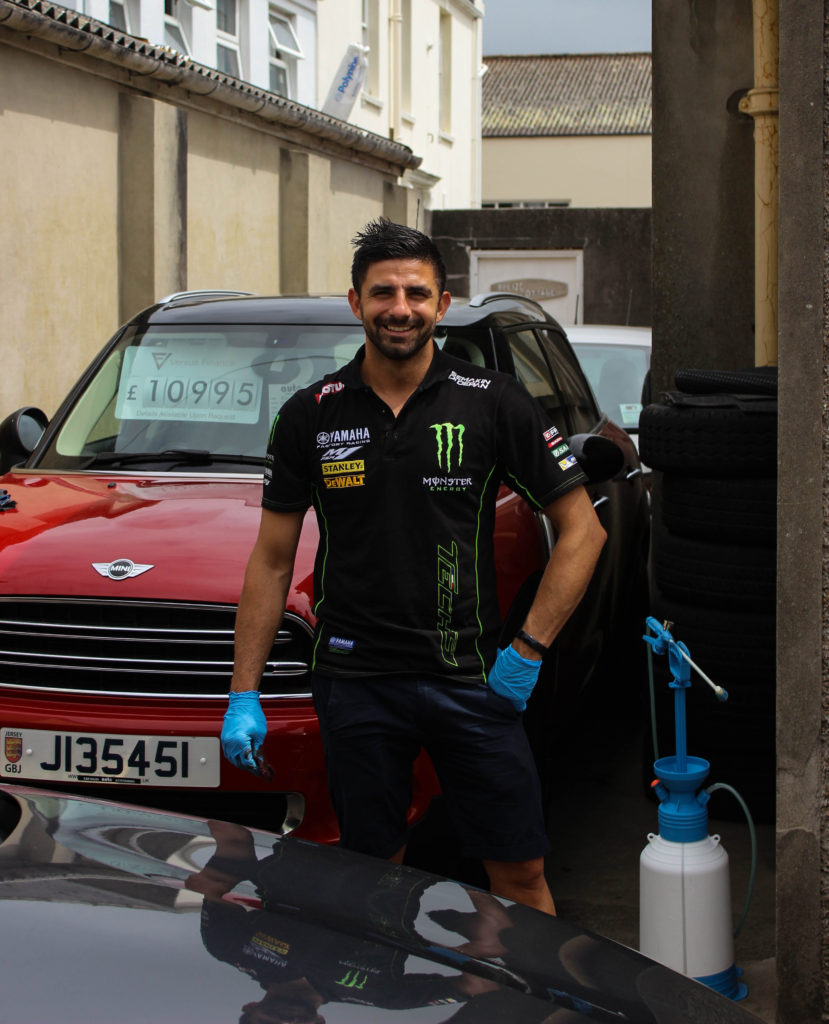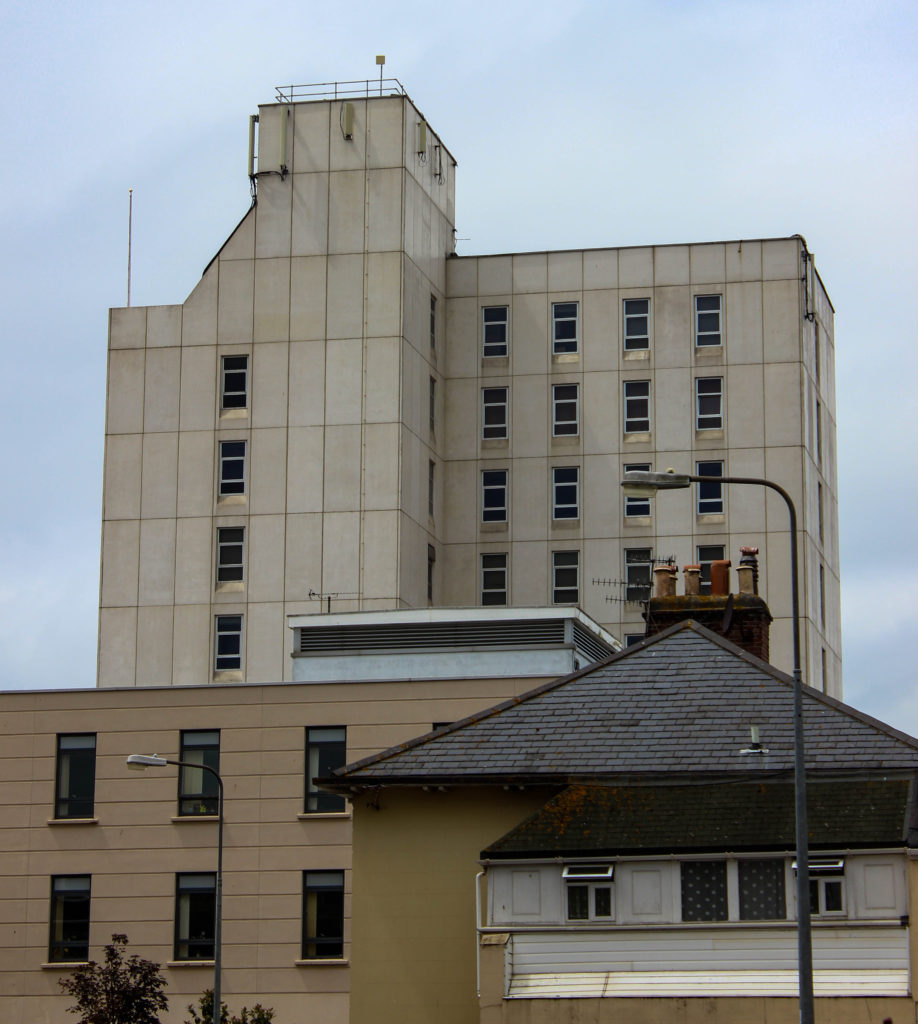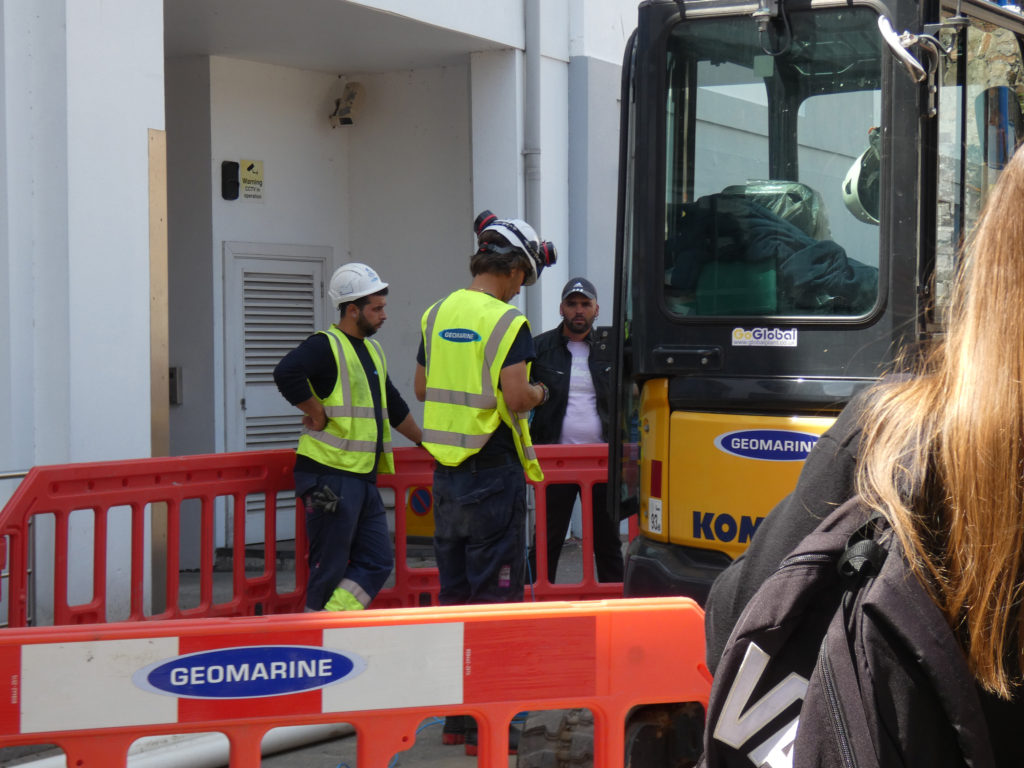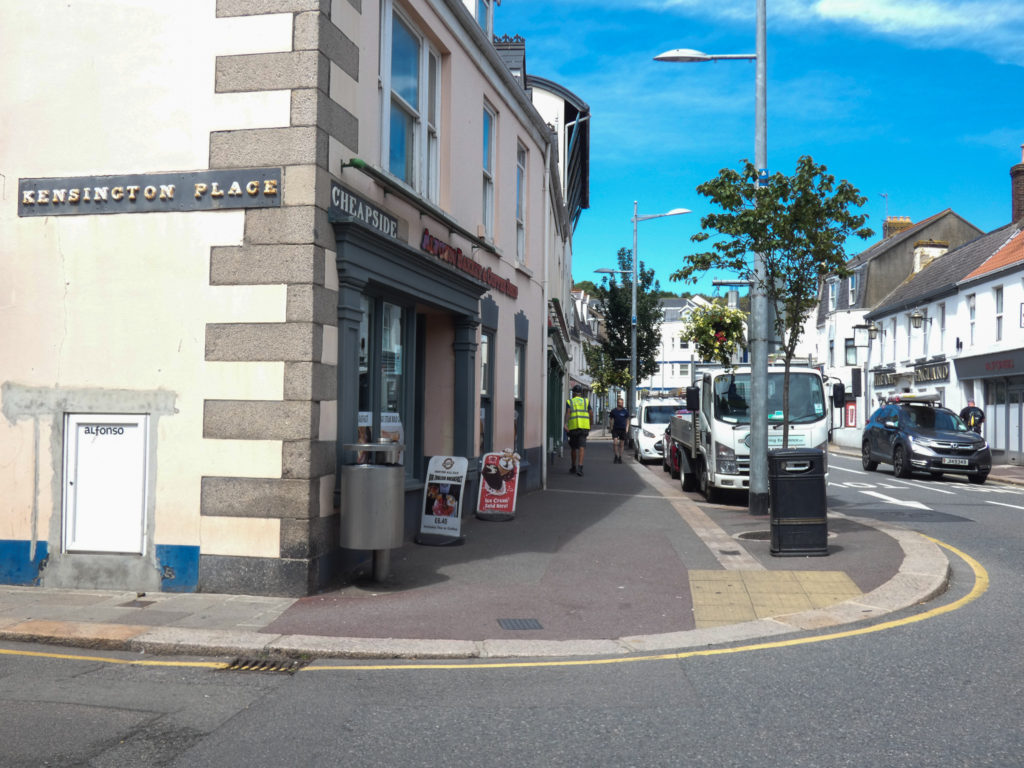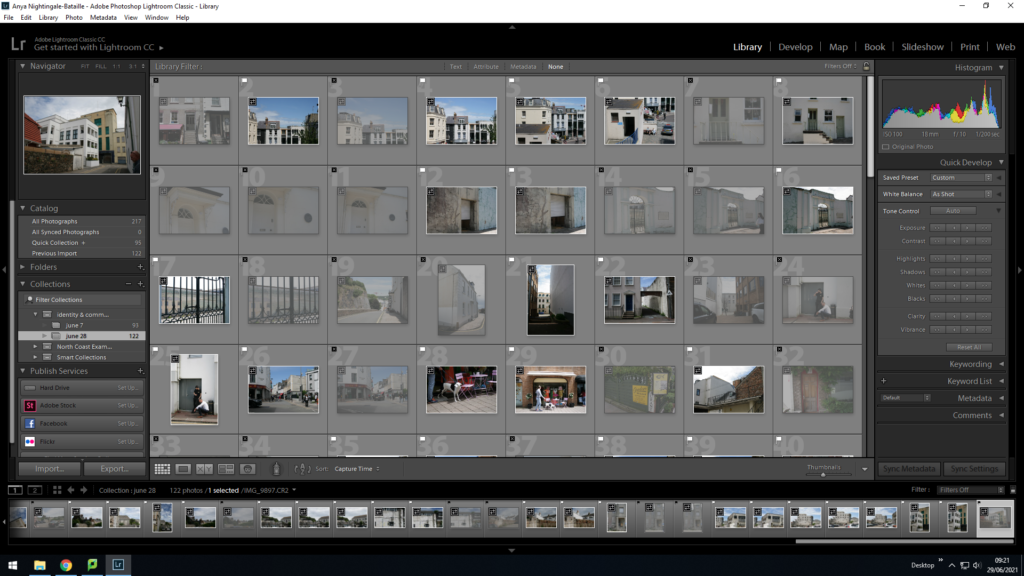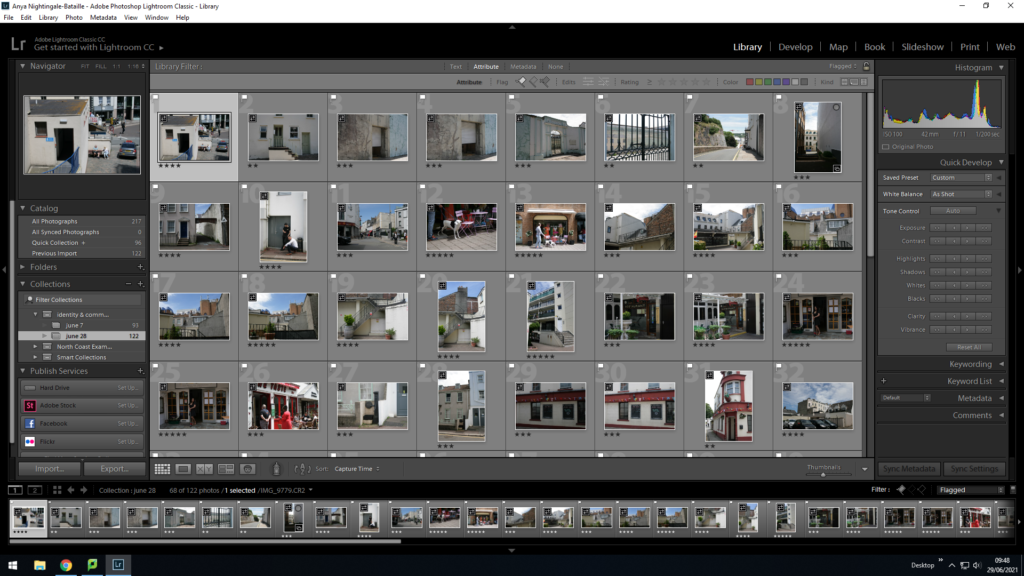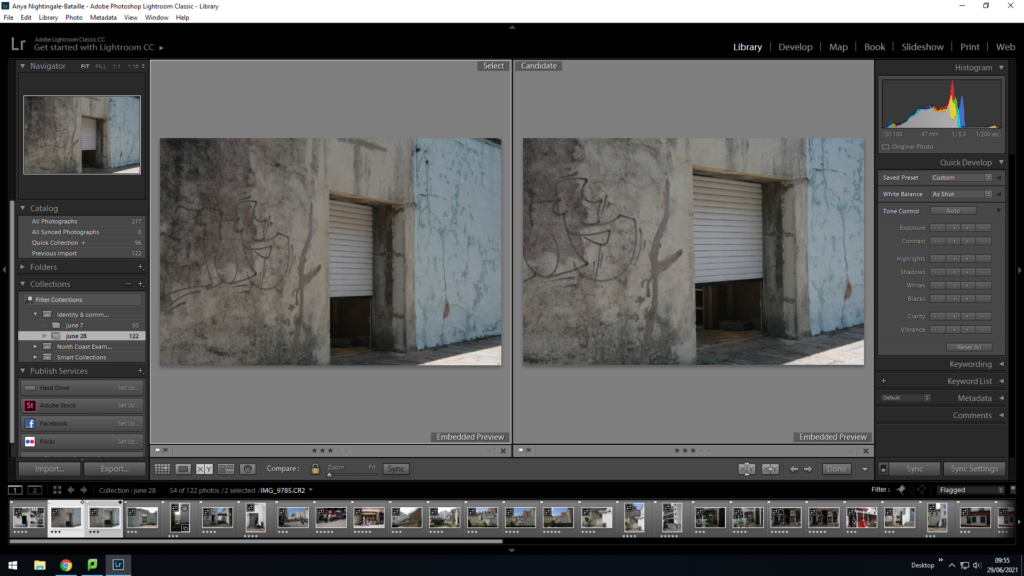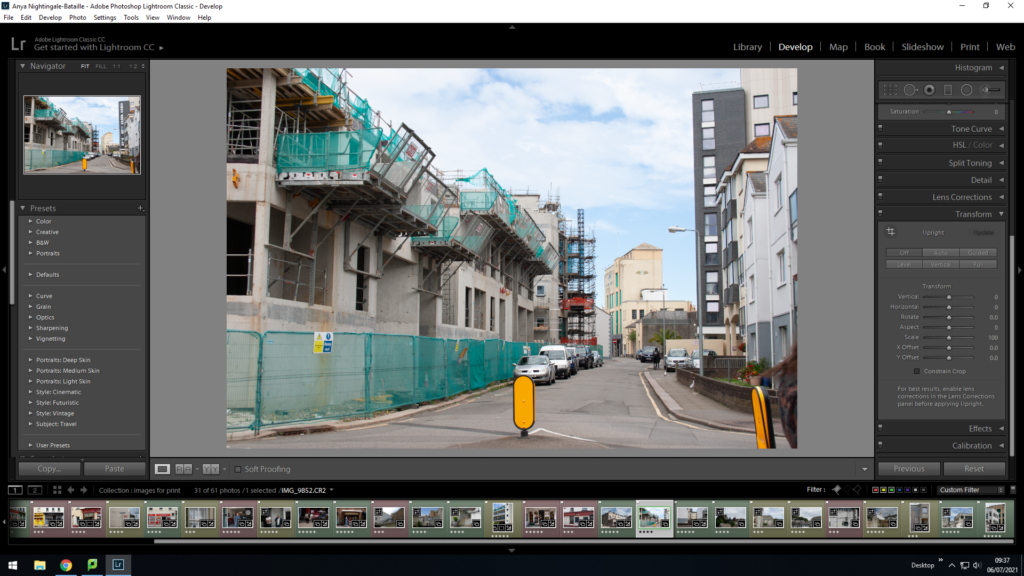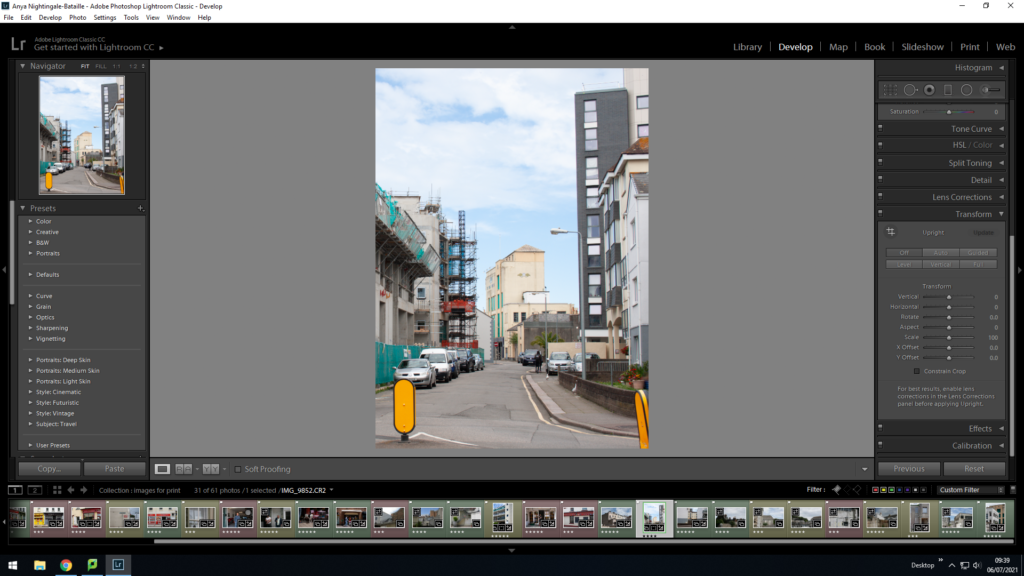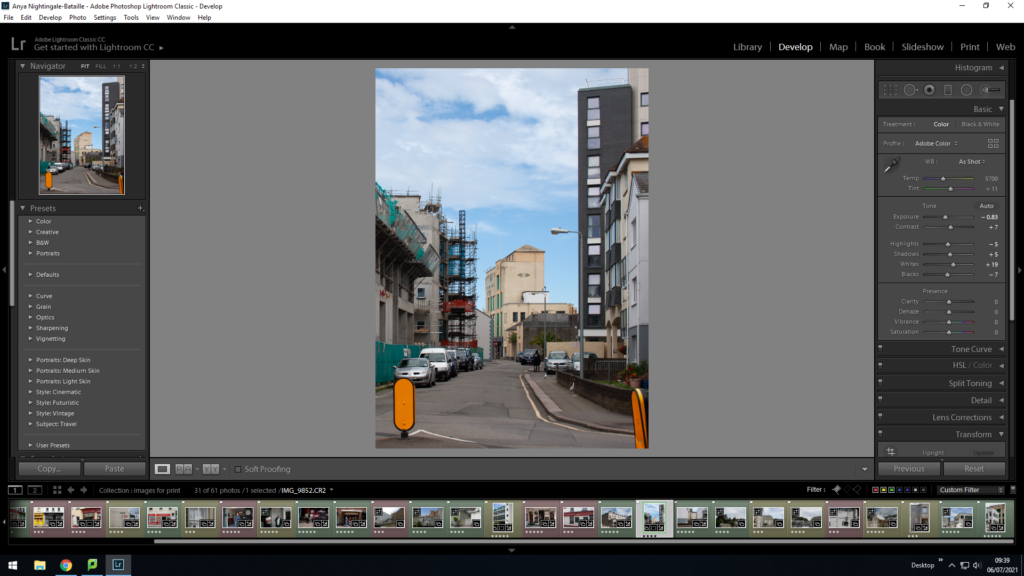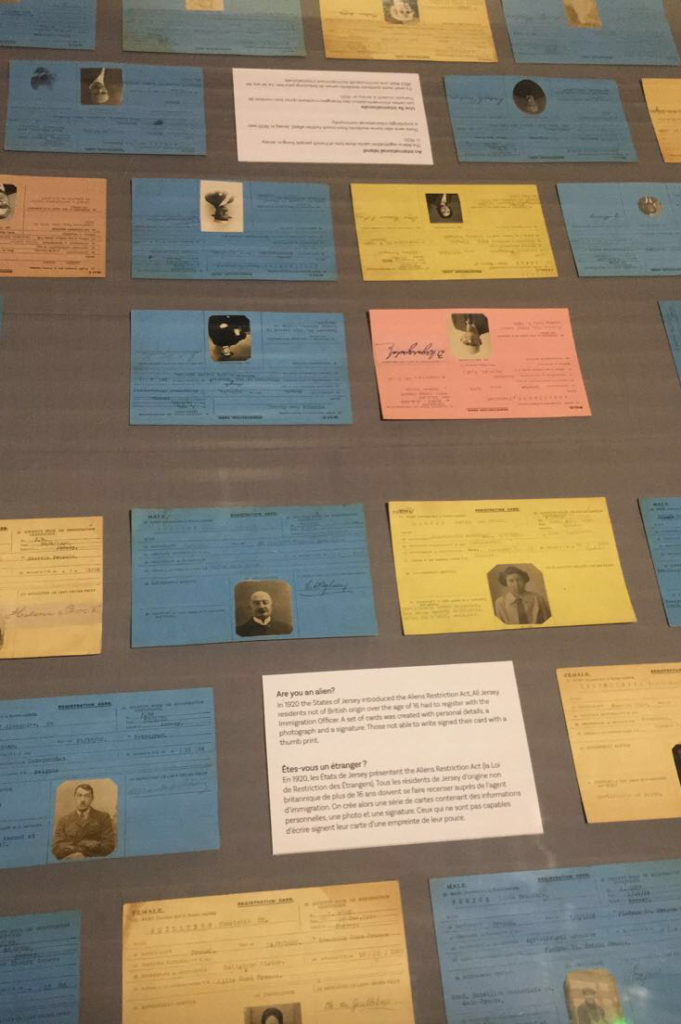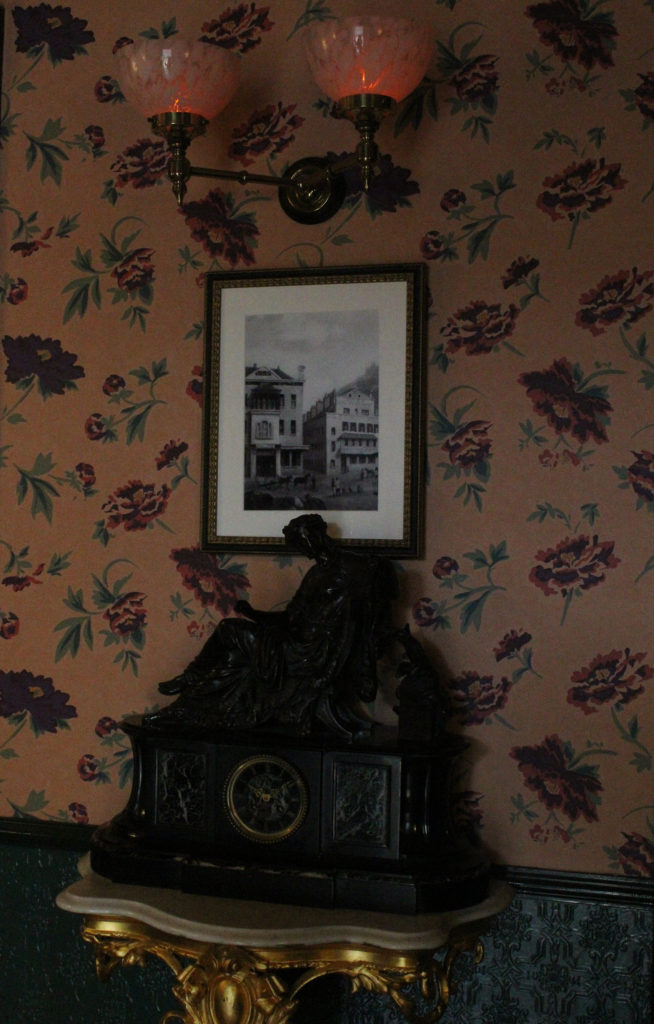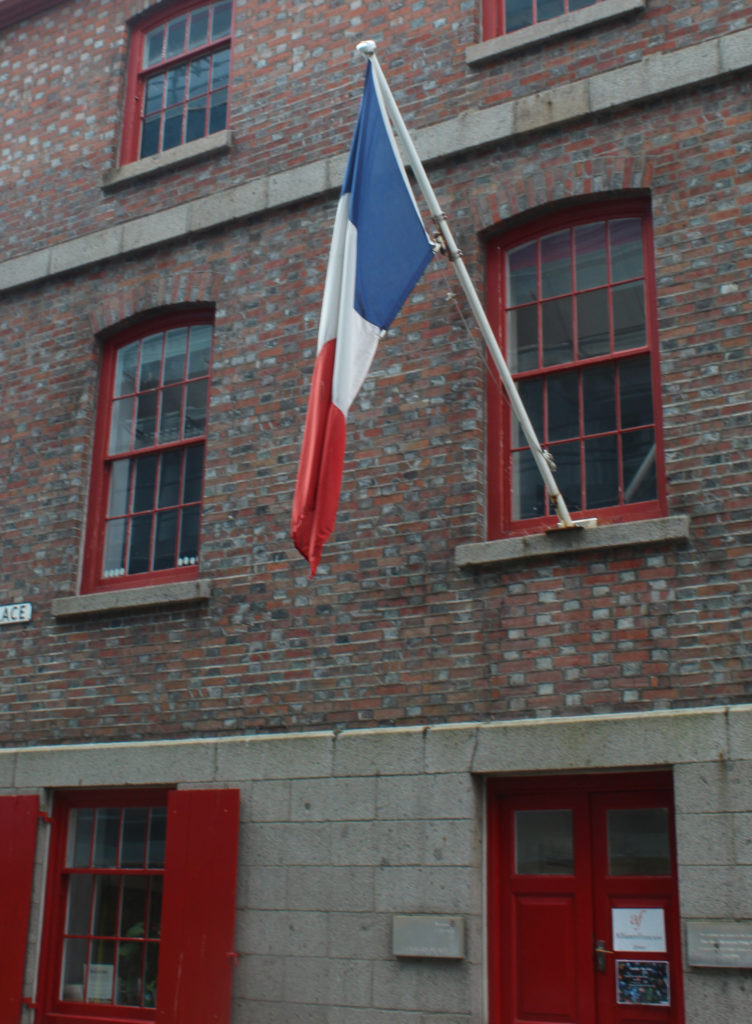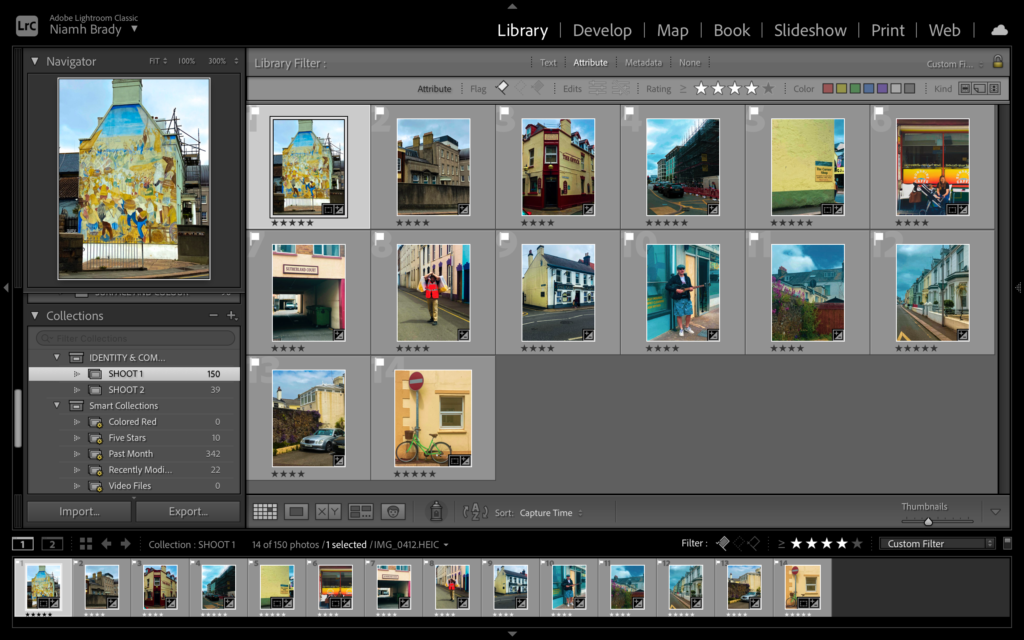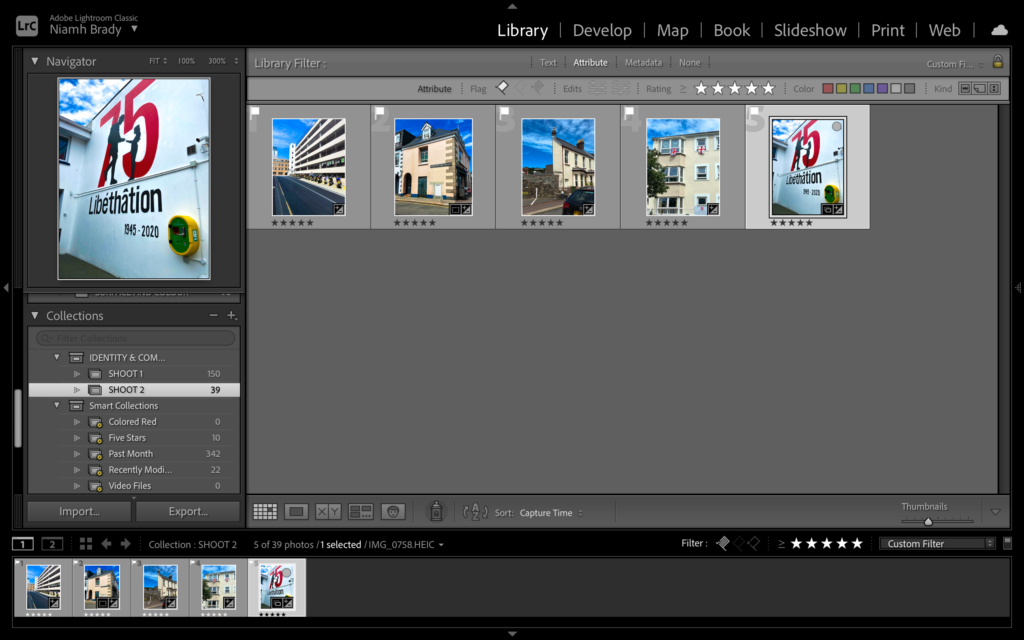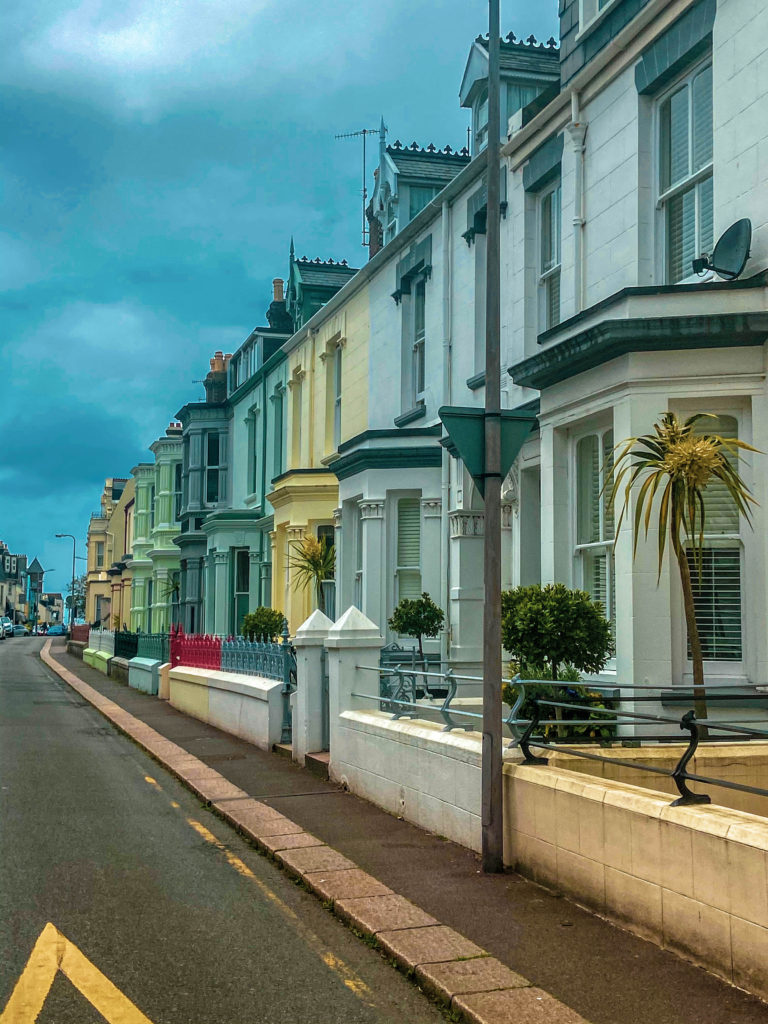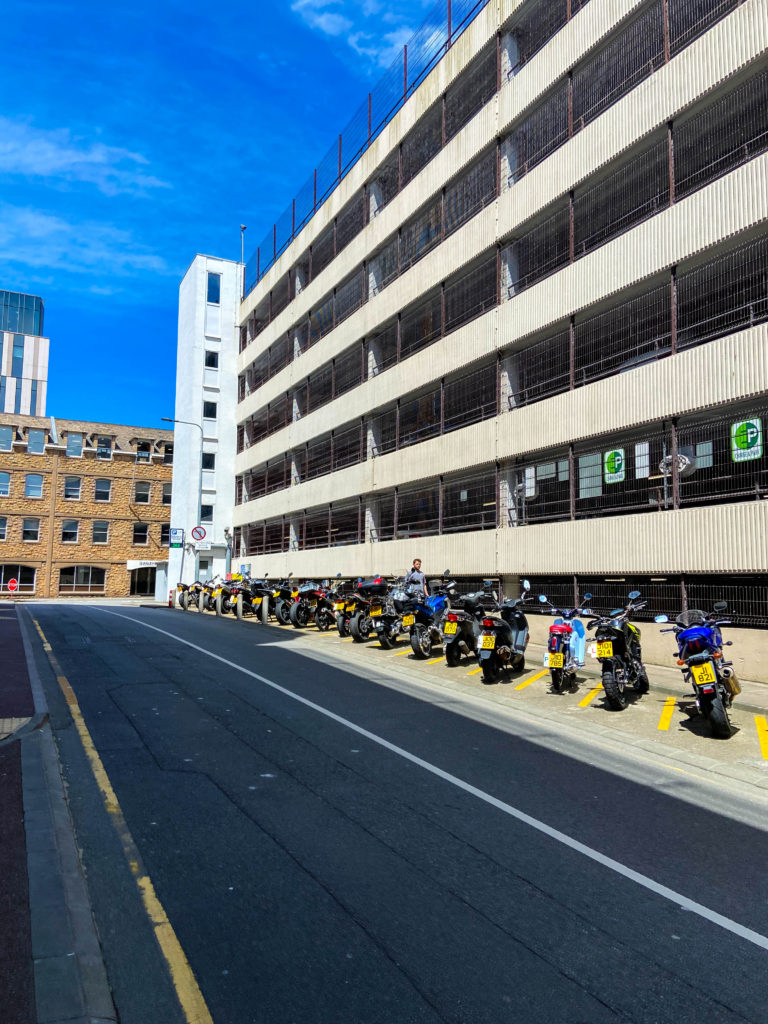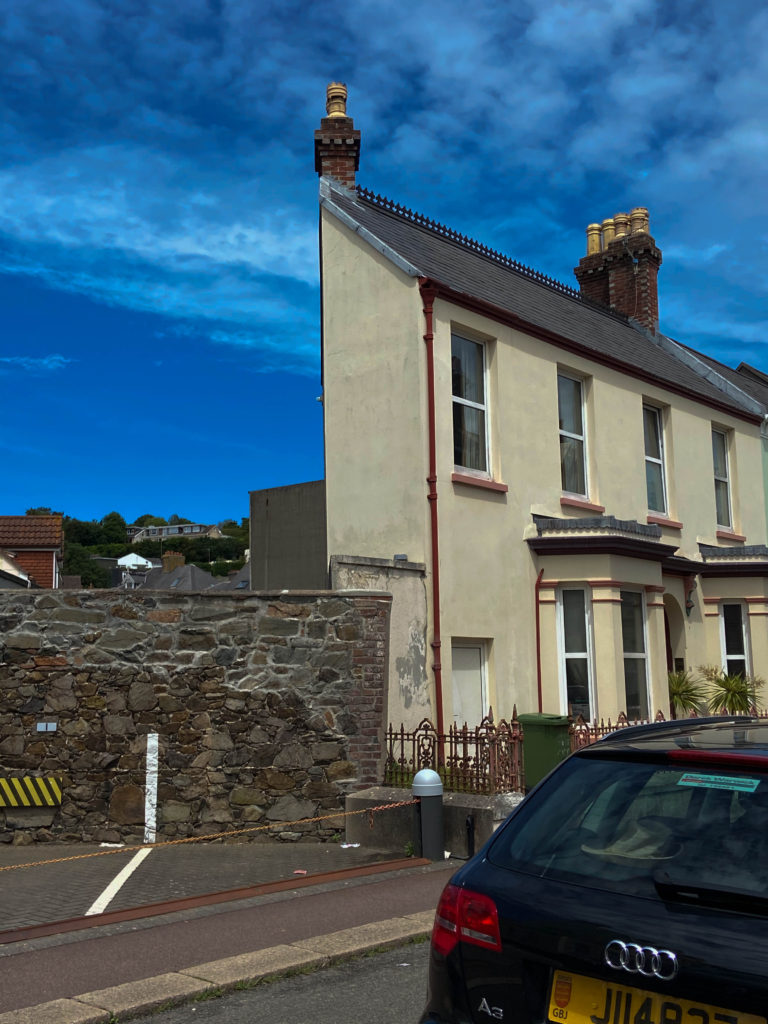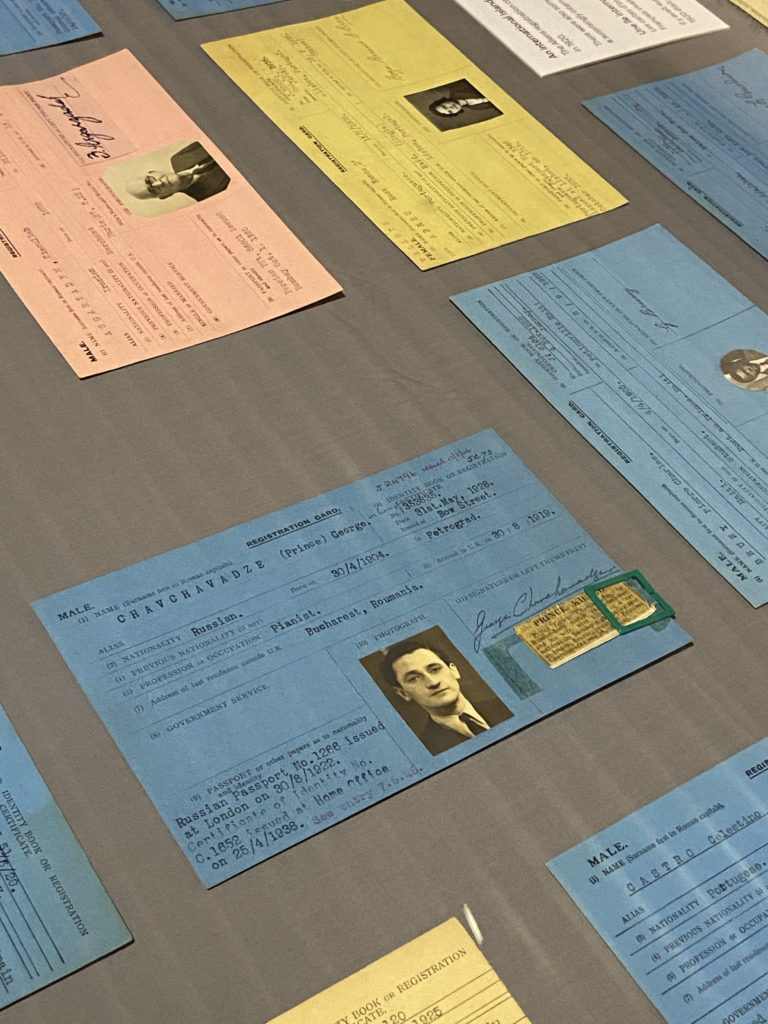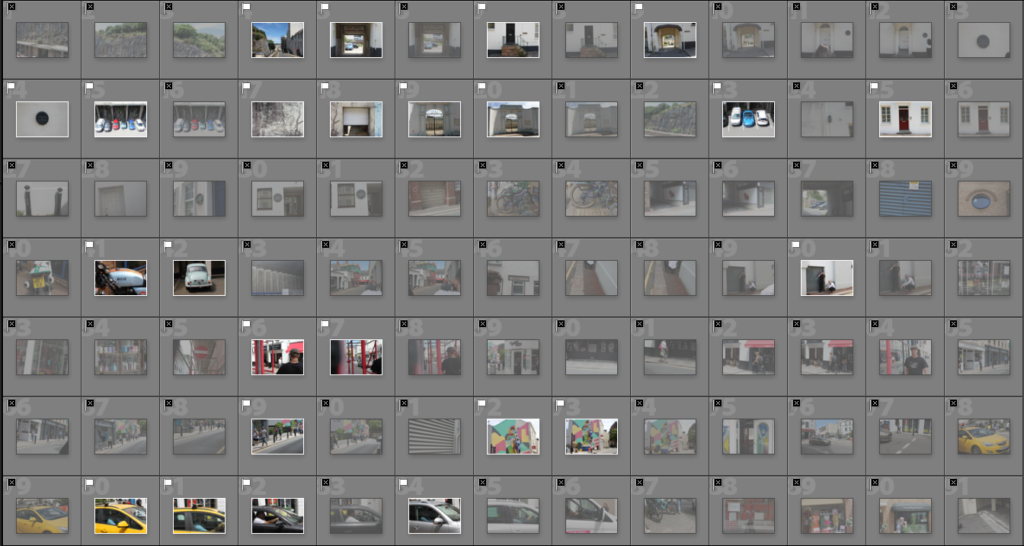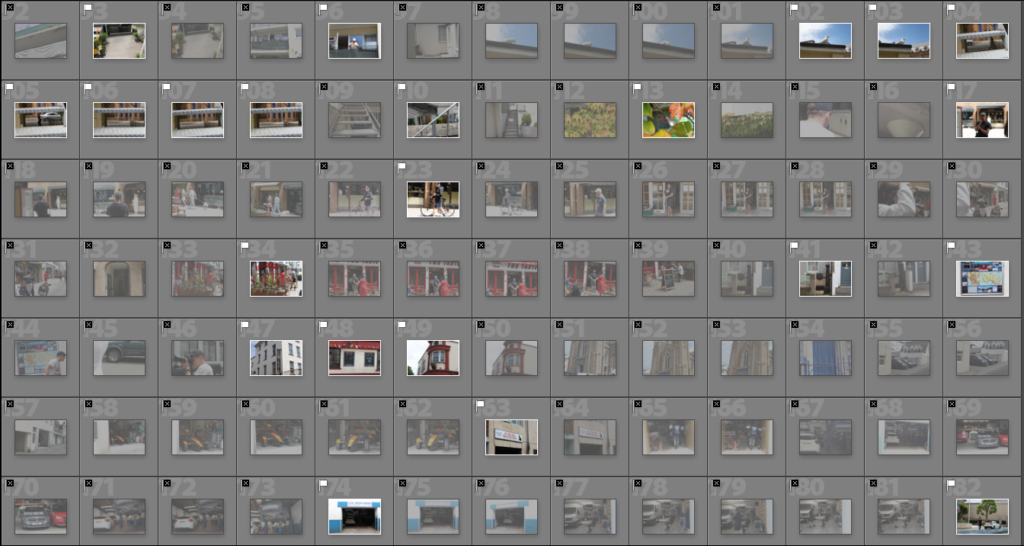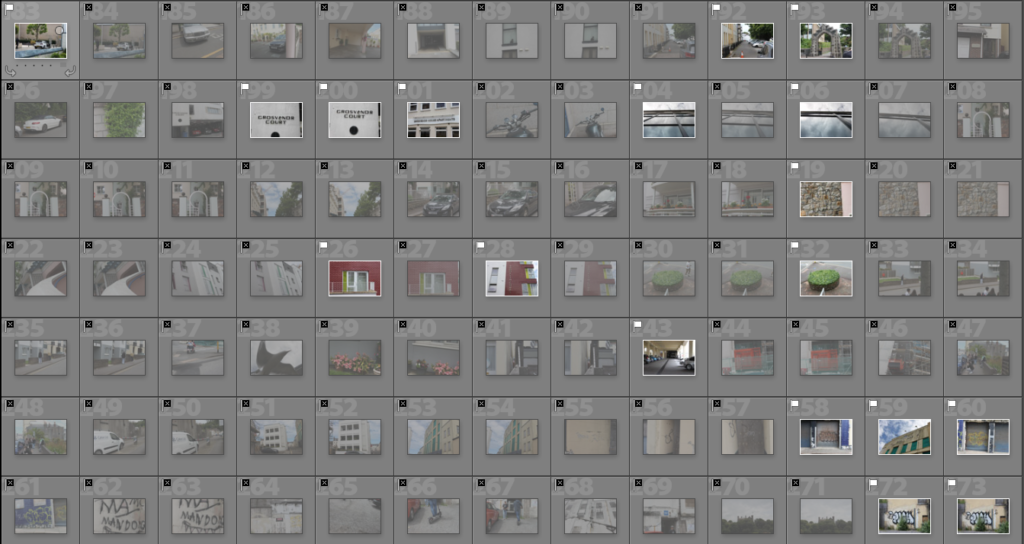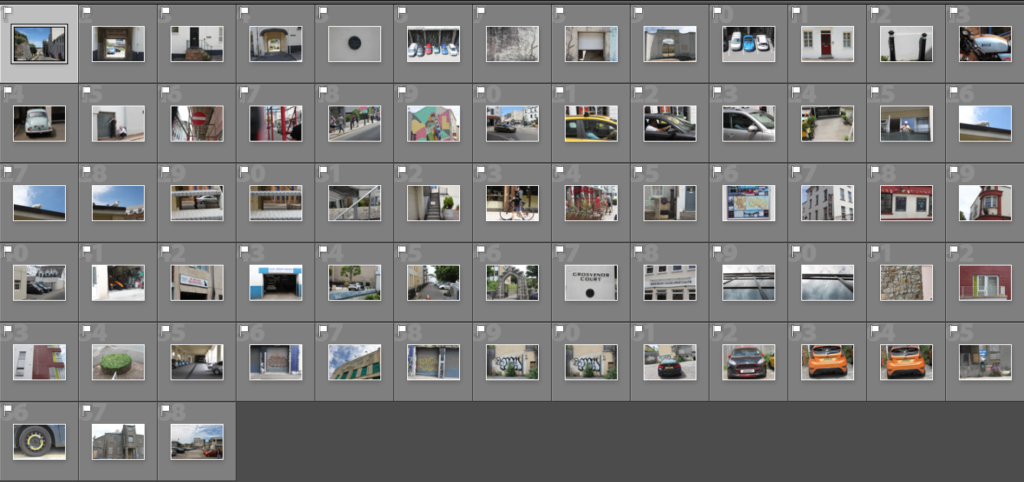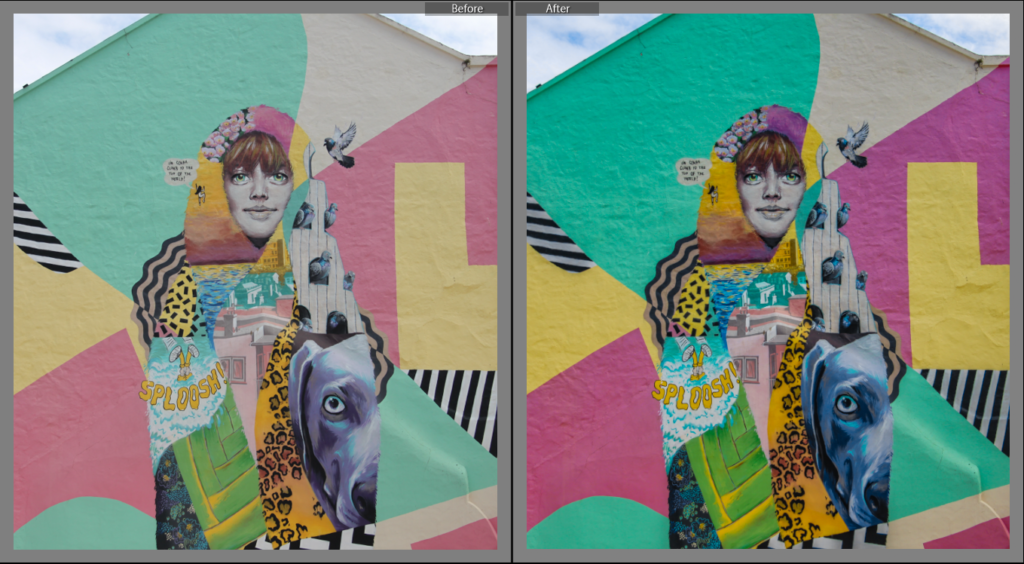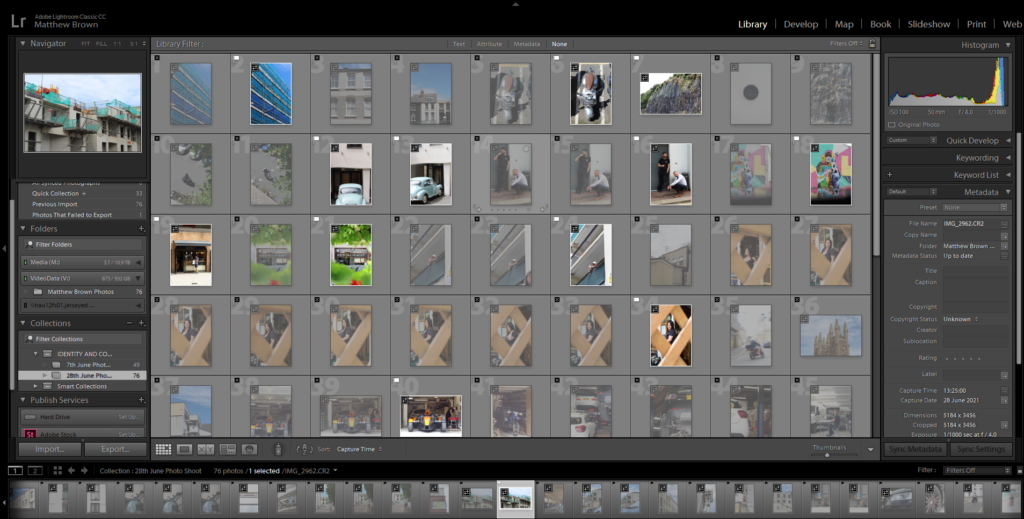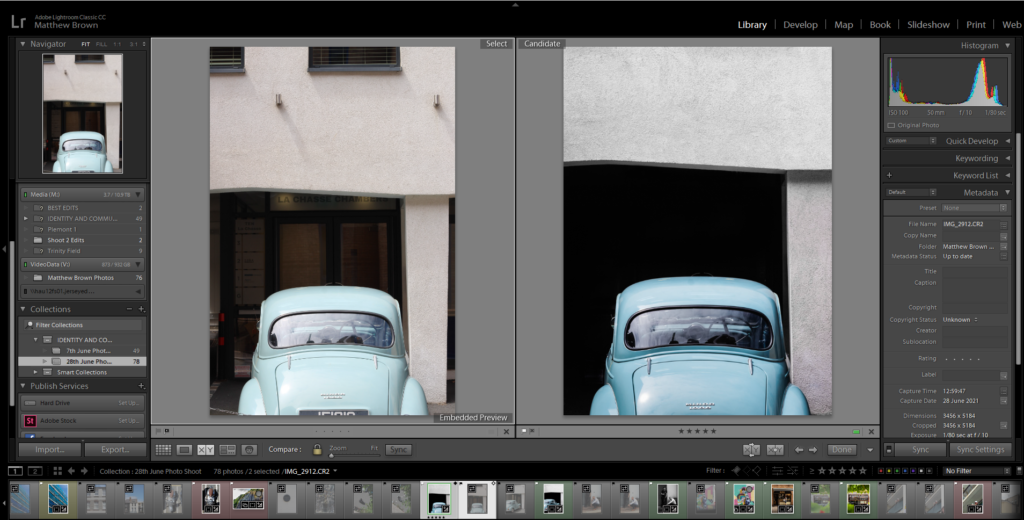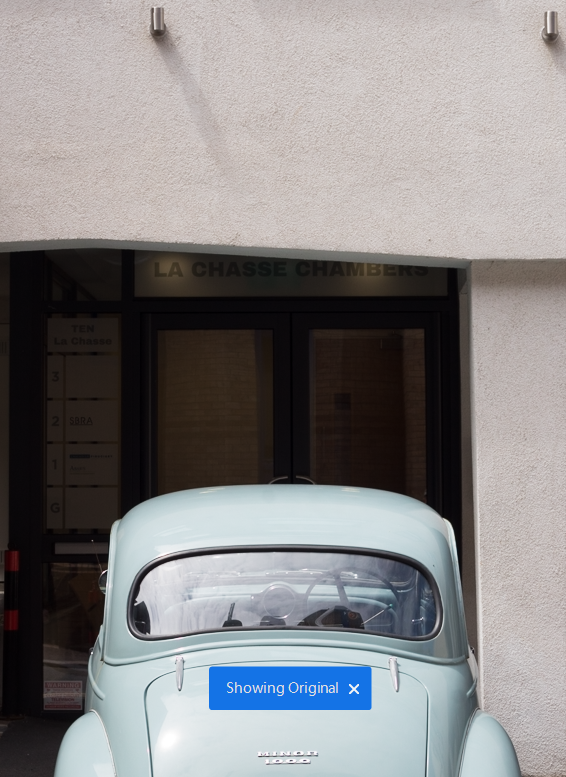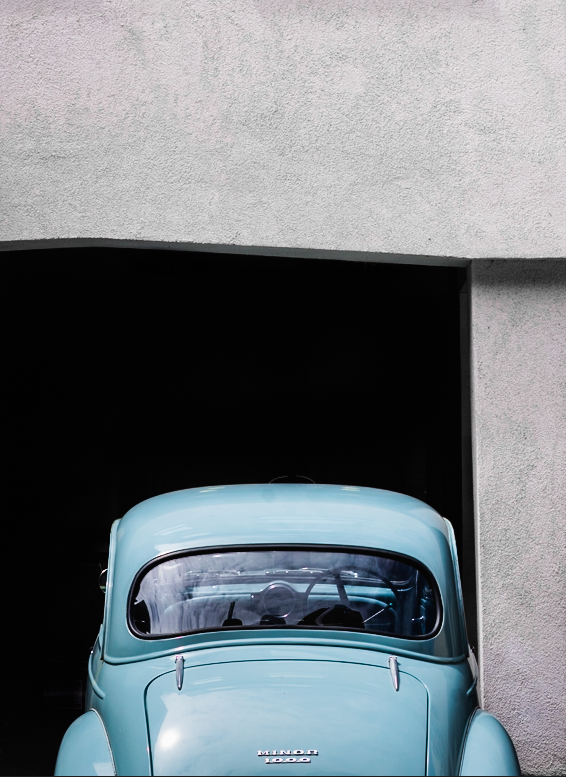What is your migrant community story?
3 words
Colourful, respectful and helpful
A sentence
My migrant community story is about seeing beauty and colour around us even when things are looking dull and gloomy.
A paragraph
With the use of colour it expresses how people feel and colours themselves can be a community uniting people all over the world. We can also use colour when things are dull and gloomy such as the weather by staying inside and colouring. It can unit all types of people such as ones that probably can’t speak your language but colour itself has its own language. We use respect as a foundation of my community as we treat everyone the same and always help those who need it as one day we will receive the same help.
How will you tell your story?
Images
Photoshoots of my community and how I connect to it and how it has changed me as a better person.
Archives
Family photos of myself and of further back, photos from the Société Jersiaise photo archive and recent photos of my travel from England to Jersey.
Texts
Text messaged from my friends and family talking about my move to Jersey and about the communities I am part of.
Who is it for?
My zine is for all ages as I want the colours to appeal towards the younger ages and I want older members to look at it too as I want them to be aware that it is not childish to express through colour an that it is encouraged to instead. For my zine I don’t want it to be set for just one community but to be for all communities with all different sorts of cultural and social backgrounds.


